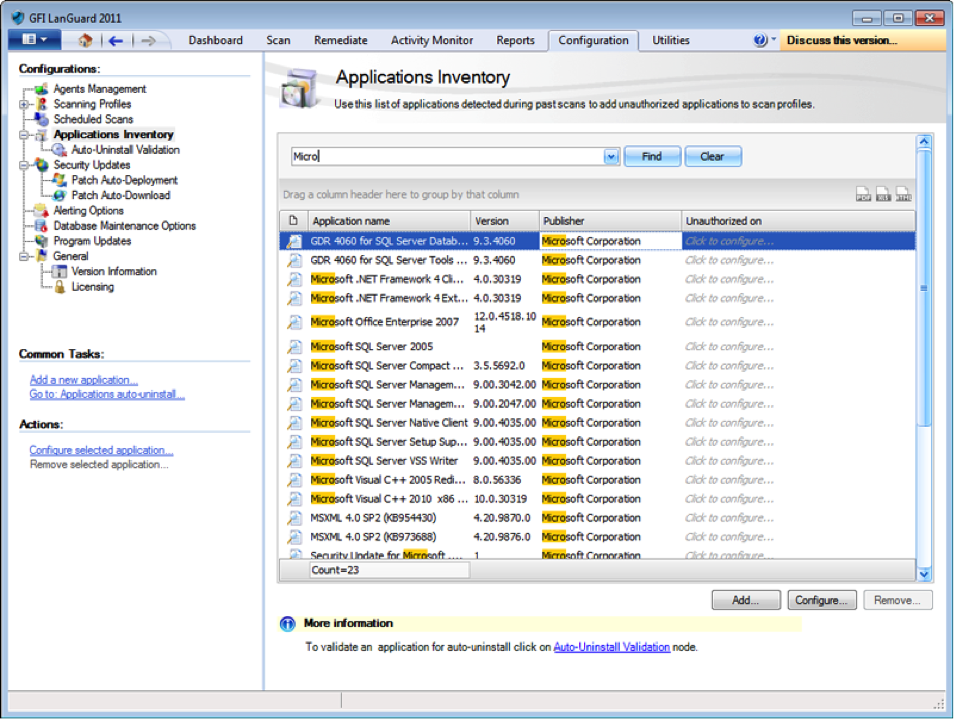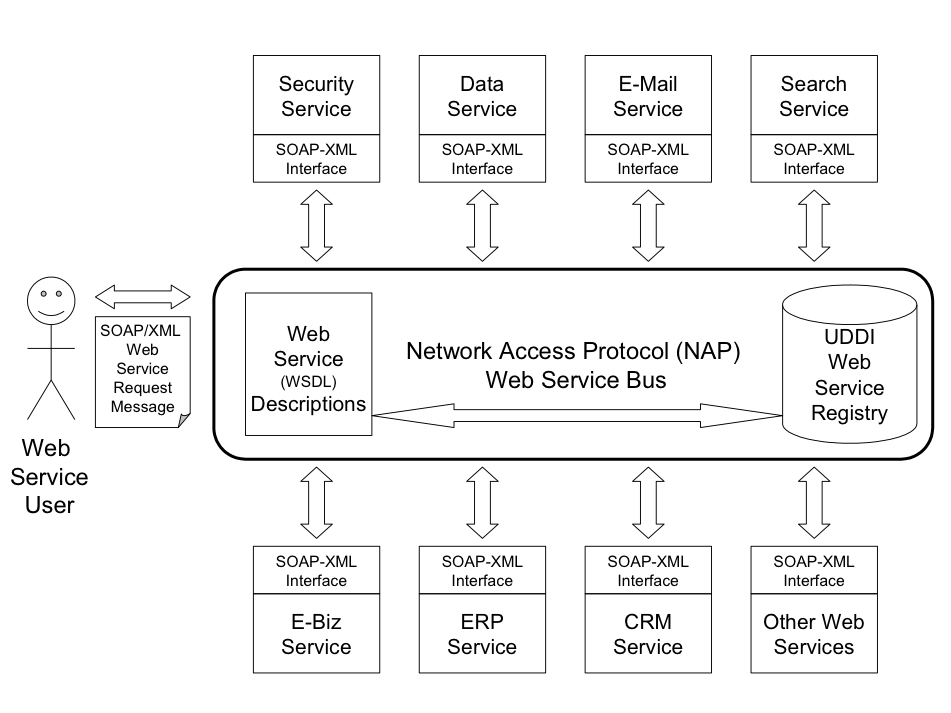 EA3 artifact A-10: Application Inventory
EA3 artifact A-10: Application Inventory
EA3 Cube
Application Maintenance Procedure
 EA3 artifact A-9: Application Maintenance Procedure
EA3 artifact A-9: Application Maintenance Procedure
Documentation of how:
- the organization develops and formally documents system maintenance policy;
- the organization system maintenance policy addresses: -purpose; -scope; -roles and responsibilities; -management commitment; -coordination among organizational entities; and -compliance;
- the organization disseminates formal documented system maintenance policy to elements within the organization having associated system maintenance roles and responsibilities;
- the organization develops and formally documents system maintenance procedures;
- the organization system maintenance procedures facilitate implementation of the system maintenance policy and associated system maintenance controls; and
- the organization disseminates formal documented system maintenance procedures to elements within the organization having associated system maintenance roles and responsibilities.
- the organization defines the frequency of system maintenance policy reviews/updates;
- the organization reviews/updates system maintenance policy in accordance with organization-defined frequency;
- the organization defines the frequency of system maintenance procedure reviews/updates; and
- the organization reviews/updates system maintenance procedures in accordance with organization-defined frequency.
System/Application Evolution Diagram
 EA3 artifact A-7: System Evolution Diagram
EA3 artifact A-7: System Evolution Diagram
The System Evolution Diagram shows the evolution of a system including the relationship and timing of consolidations installations, upgrades, and retirements, sometimes shown in the context of changes to other systems, applications, websites, and databases.

Application Performance Matrix

EA3 artifact A-6: Application Performance Matrix
The Application Performance Matrix lists the metrics that are important with regard to reliability, availability, and maintainability.
- Specifies the quantitative characteristics of system:
- Hardware/software
- Interfaces
- Communication components
- Identifies both current and future parameters.
- Includes all relevant technical performance characteristics, for instance:
- Mean Time Between Failure
- Restart Rate
- System Initialization Time
- Data Transfer Rate
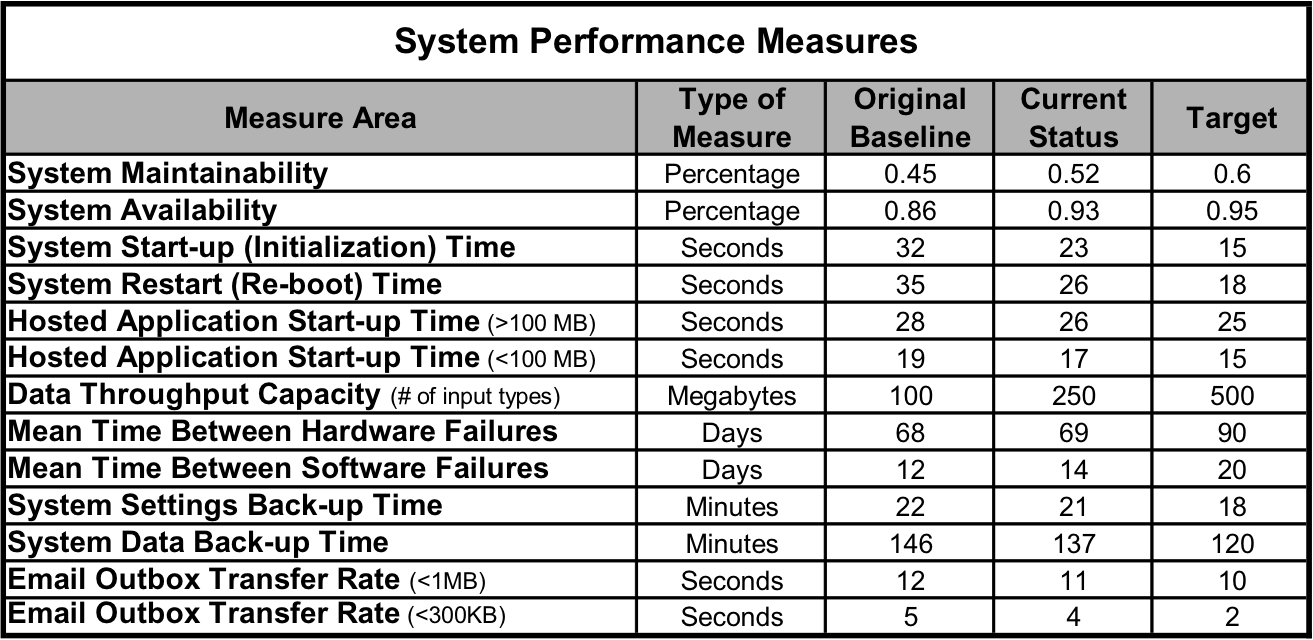
Application Data Exchange Matrix
 EA3 artifact A4 Application Data Exchange Matrix
EA3 artifact A4 Application Data Exchange Matrix
The Application Data Exchange Matrix uses a table format to show which systems exchange particular types of data in LOBs.
The Data Exchange Matrix describes, in tabular format, data exchanges between systems within a systems node and across systems nodes. The focus of the Data Exchange Matrix is on how the data exchanges actually are (or will be) implemented, in system-specific details covering such characteristics as specific protocols and data or media formats. These aspects of exchanges, while difficult to document, are critical to understanding the potential for overhead and security constraints introduced by the physical aspects of the implementation. The Application Data Exchange Matrix relates to, and grows out of, the Information Exchange Matrix. That is, the automated portion(s) of each information exchange in the Information Exchange Matrix is associated with the system interface that carries the corresponding system data in the System Interface Description. The business characteristics for the information exchange are replaced with the corresponding system data exchange characteristics. For example, performance attributes for the business information exchanges are replaced by the actual system performance attributes for the automated portion(s) of the information exchange. Automation may introduce characteristics that are not intrinsic to the business information exchange.
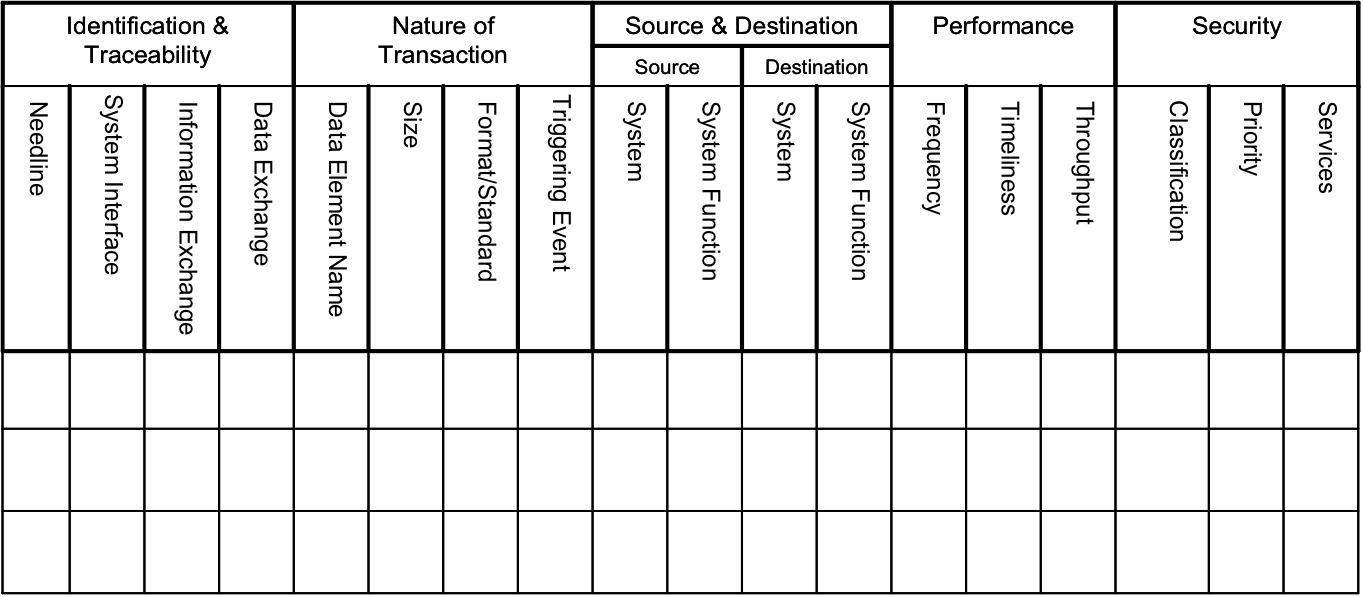
Application Interface Matrix

EA3 artifact A-3: Application Interface Matrix
The Application Interface Matrix shows the nature and status of physical and logical interfaces between information systems throughout the enterprise.
- Provides detail on the interface characteristics of the SA-1 artifact.
- Allows quick overview
- Enables rapid assessment of potential re-use or redundancies
- Useful tool for managing the evolution of systems, infrastructures, technology insertion, functional upgrades.
- Interface characteristics that could be captured include:
Status (existing, planned, potential, deactivated), purpose, classification level, key interface(s)
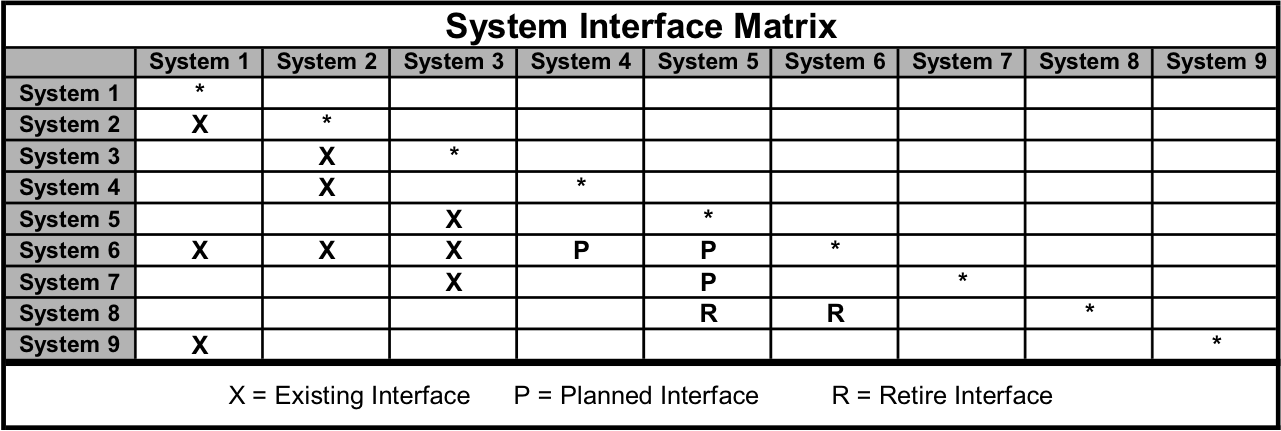
System/Operations Matrix

EA3 artifact A2.2 System/Operations Matrix
The System/Operations Matrix relates operational activities to system functions within / between lines of business throughout the enterprise.
- Relates operational activities to system functions
- Identifies the transformation of an operational need into a purposeful action performed by a system
- Supports decision making as follows:
- Identify ‘stovepipe’ systems and opportunities for automation
- Identify redundant systems and functions
- Analyze gaps in performance
- Target investment opportunities
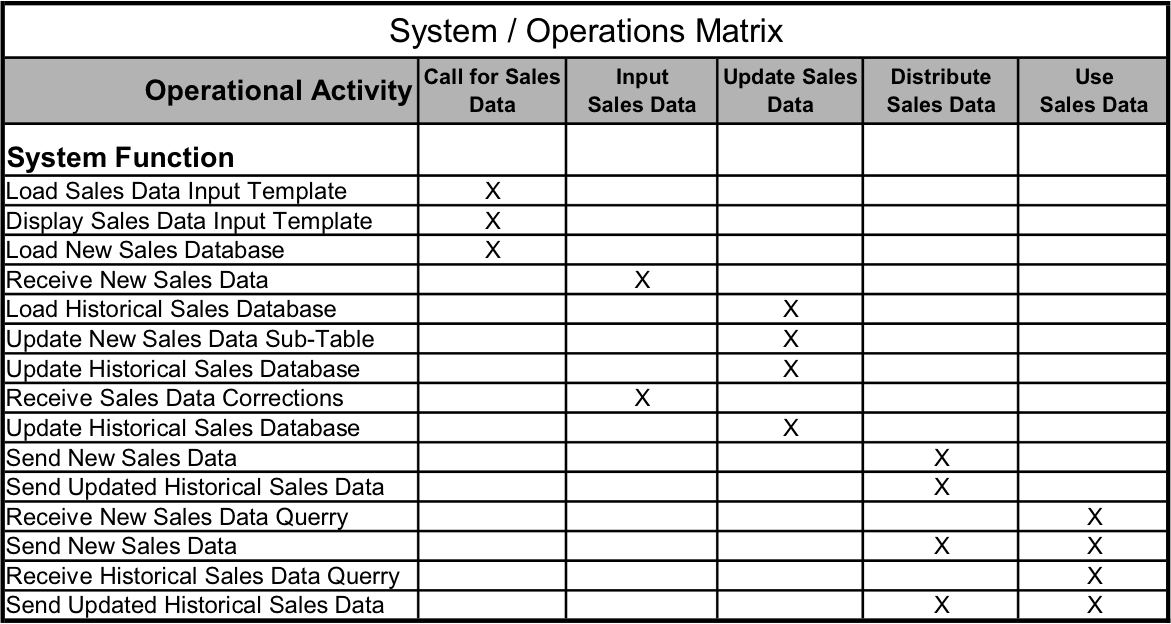
System Data Flow Diagram
 EA3 artifact A2.1 System Data Flow Diagram
EA3 artifact A2.1 System Data Flow Diagram
The System Data Flow Diagram is better known as a ‘Data Flow Diagram’ and is intended to show the processes within a system that exchange data, and how those exchanges occur. This artifact compliments the Business Process Diagram, and can be decomposed to show additional detail.
- Captures and describes system functions and the data flows between them.
- Documents system functional hierarchies.
- Primary purpose is to:
- Develop a clear description of the necessary system data flows that are input (consumed) and output (produced) by each system
- Ensure functional connectivity is complete
- Support appropriate level of functional decomposition for additional detail
- Is the systems counterpart to the Business Process Model (IDEF-0 diagram).

